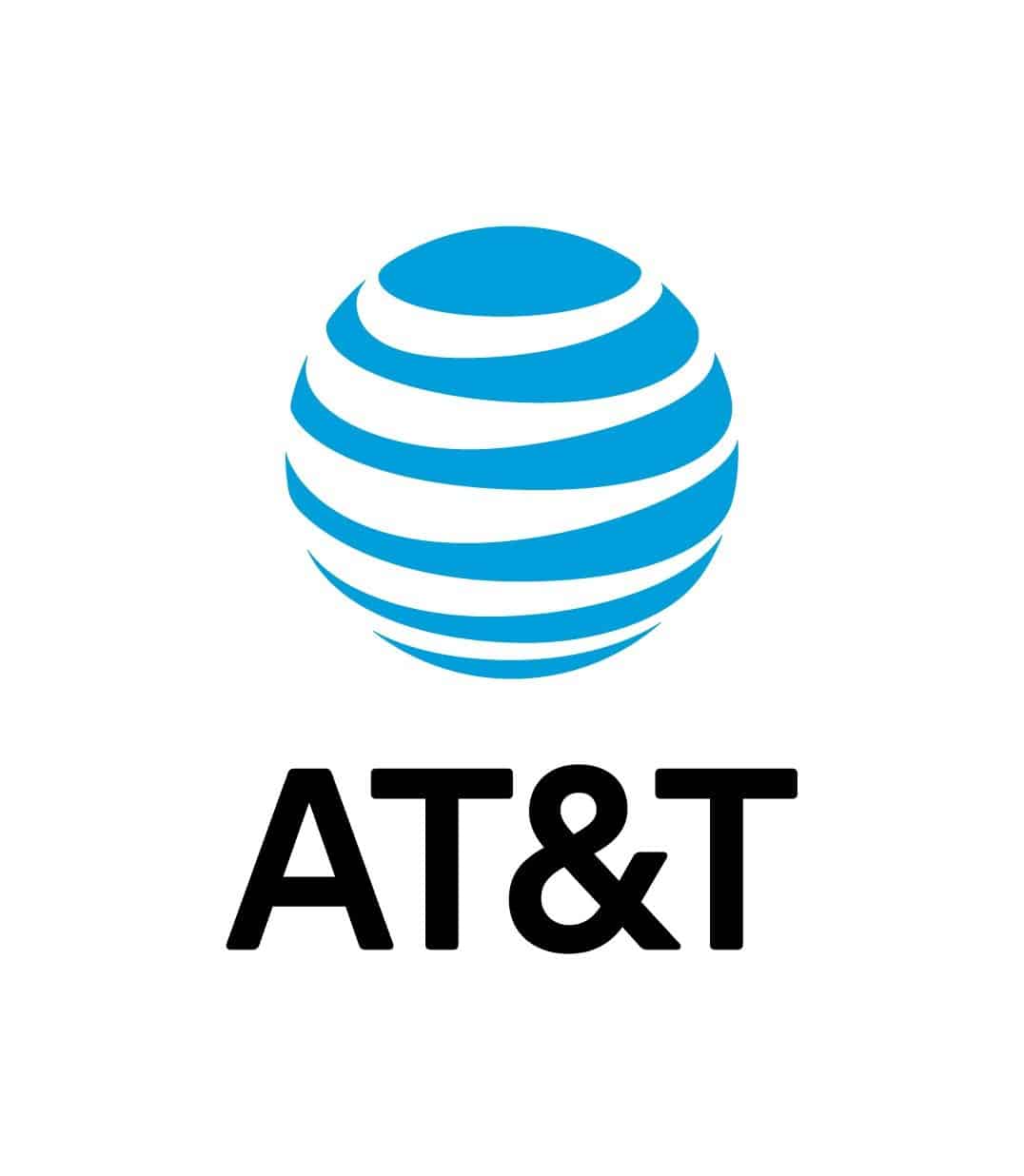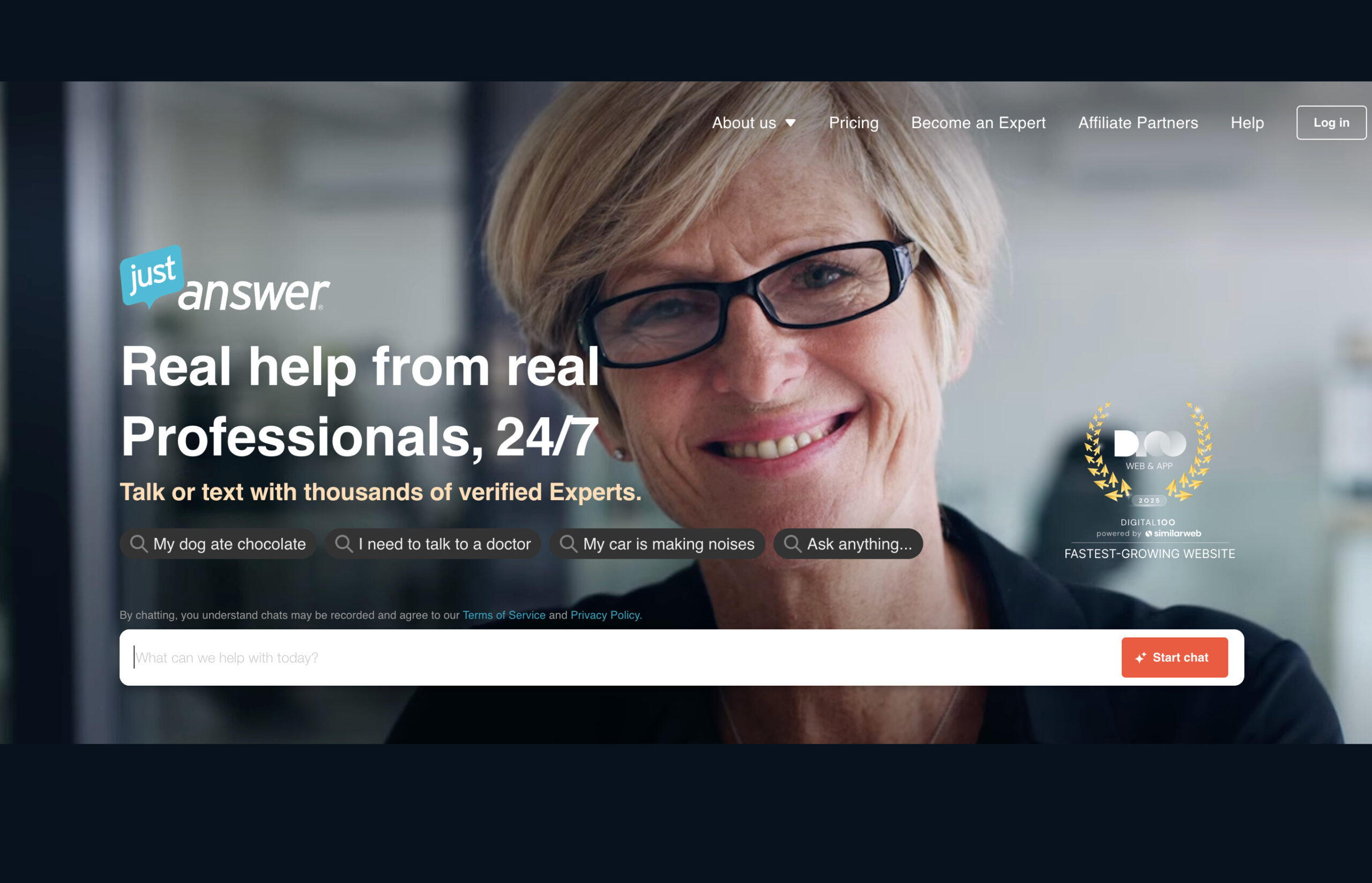
AT&T Shares 2019 Strategy and Details about WarnerMedia’s SVOD Service
Lorem ipsum dolor sit amet, consectetur adipiscing elit. Ut elit tellus, luctus nec ullamcorper mattis, pulvinar dapibus leo.
Source: AT&T

In a special webcast last week, AT&T (NYSE: T) shared an update on its success strategy for 2019, following its acquisition of Warner Media. The webcast offered information about the company’s plans for next year, including financial guidance for full year 2018 and 2019 and details about WarnerMedia’s direct-to-consumer streaming video on demand service, which includes three tiers of service.
AT&T’s updated guidance is as follows:
- AT&T will end 2018 with a net-to-debt-adjusted-EBITDA ratio of approximately 2.8x. This will decrease to 2.5x in 2019 due to an $18 billion to $20 billion reduction in debt.
- In 2019, the company will use approximately $12 billion in free cash flow from dividends to pay down debt next year.
- The company will generate cash between $6 billion and $8 billion from real estate sale-lease backs, the sale of non-core assets and working capital initiatives.
- In 2019, AT&T estimates free cash flow to be in the $26 billion range with an estimated dividend payout ratio in the high 50 percent range.
- Net-debt-to-adjusted EBITDA ratio will be in the 2.5x range at the end of 2019.
- Gross capital investment will be in the $23 billion range next year.
- In 2019, adjusted earnings per share growth will be in the low single digits, including an adjustment for merger-related adjusted amortization costs of $7.5 billion.
As a result of the merger with WarnerMedia, AT&T estimates total WarnerMedia synergies to reach a run rate of $2.5 billion by the end of 2021, including $1.5 billion in cost synergies and efficiencies from marketing, procurement and corporate overhead and $1 billion from additional sales opportunities, lower subscriber churn and increased advertising.
WarnerMedia represents about 17 percent of AT&T’s total income, and AT&T said it has already been a benefit to them, with WarnerMedia’s HBO, Turner and Warner Bros. all growing revenue in the third quarter. AT&T expects this to continue next year, particularly with the direct-to-consumer streaming video on demand subscription service it is planning to launch in the fourth quarter for 2019. During the webcast, AT&T released additional details about the service:
- Three tiers of service including an entry-level, movie-focused package; a premium service with original shows and blockbuster movies; and a third tier that bundles content from the first two tiers and adds the library of WarnerMedia and licensed content into the mix
- AT&T said the new service will complement WarnerMedia’s existing business, while benefiting its distribution partners, expanding its audience, increasing content-related engagement with consumers, and providing information to help them make decisions about future products.
- AT&T said there is the potential for an ad-supported video on demand service in the future as well.
“We are well positioned for success as the lines between entertainment and communications continue to blur,” said Randall Stephenson, AT&T chairman and CEO, in an announcement. “If you’re a media company, you can no longer rely exclusively on wholesale distribution models. You must develop a direct relationship with your viewers. And if you’re a communications company, you can no longer rely exclusively on oversized bundles of content.”
“We have some of the world’s best content and 370 million direct-to-consumer relationships across mobility, video, broadband and our digital properties,”4 Stephenson said. “That exceptional combination enables us to deliver a broad spectrum of entertainment experiences – from premium video to skinnier over-the-top and mobile-centric bundles of live content, and a subscription video-on-demand product to launch late next year. And with Xandr, our advertising business, we’re using insights from our customer relationships, combined with our large advertising inventory, to drive higher yields on advertising,” Stephenson added.
The company’s Mobility business makes up close to half of AT&T’s adjusted EBITDA and approximately 40 percent of total revenue. The company continues to grow this business segment and anticipates the company’s investments in 5G and deployment of FirstNet will continue to support those efforts.
AT&T’s Entertainment Group, comprised of its video and broadband business segments, makes up about 15 percent of the company’s adjusted EBITDA. Broadband revenue and subscribers continue to grow, and the company is seeing increasing profitability in OTT video due to rate increases, lower costs and adjustments to promotions. The company is anticipating a decline in linear video subscribers as a two-year price guarantee expires.
In Latin America, AT&T has more than 17 million wireless customers and it is the fastest growing wireless provider in the country. There are opportunities for AT&T to cut costs and reduce capital expenditures. Xandr, AT&T’s advertising acquisition, brings in about $7 billion in revenue annually. In the third quarter, revenue grew more than 20 percent year-over-year.
Insider Take:
AT&T seems to have a clear plan for 2019 and realistic expectations for income, expenses and opportunities. From a subscription perspective, the company’s biggest opportunity is WarnerMedia’s new streaming video on demand service. While that is still a year away, AT&T has such broad reach already that marketing the new service should be easy. We like that the service has a three-tiered approach, so consumers can choose what services they want and their price point. This is different than most of their competitors. Having access to the WarnerMedia library is certainly a plus as well.
- Filed in Auto-renew Subscription, Business Operations, Business Services, Business Strategy, Consumer Media and Publishing, Consumer Services, Entertainment and Streaming, FInance, News, Product Development, Revenue and Sales, SaaS and Cloud Services, Subscriber Retention, Subscription Business Marketing





